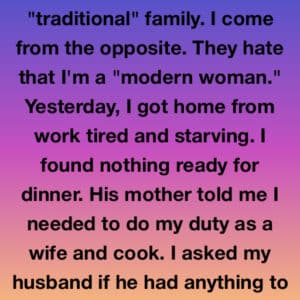If you’re like most home cooks, you probably have a cutting board that you use almost every day — and rarely think twice about. Yet this simple tool, found in nearly every kitchen, has a history that stretches back thousands of years. In fact, the original pull-out cutting boards built into old kitchen cabinetry were designed not for chopping vegetables, but for one sacred culinary ritual: baking bread.
In traditional kitchens, bakers used large wooden pull-out boards to knead dough, shape loaves, and let them rise before baking. The surface was sturdy, smooth, and perfectly suited to working dough by hand — a quiet bridge between raw ingredients and nourishment. Once the loaves were ready, the board slid back in, leaving the kitchen clean and organized.
Today, cutting boards have evolved far beyond their origins. We use them to chop vegetables, slice fruit, trim meat, and serve cheese — transforming them from specialized tools into everyday kitchen essentials. They come in a variety of materials, from bamboo and plastic to rich hardwoods. Yet among all options, maple wood remains a favorite for both home cooks and professional chefs alike.
Maple is a hardwood, naturally dense and durable, which helps it resist deep knife marks and bacterial growth. It’s strong enough to withstand years of use but gentle enough not to dull your knives. Compared to plastic or bamboo, maple boards are also easier to maintain: with proper care, they age beautifully instead of deteriorating.
How to Care for a Wooden Cutting Board
Caring for your board doesn’t require fancy products — just consistency. After each use, sprinkle coarse salt or baking soda over the surface, then scrub gently with half a lemon. Rinse with hot water and dry with a clean towel. Every few weeks, treat the board with food-grade mineral oil or cutting board oil to prevent cracking and preserve its natural finish. With this routine, a good maple board can last for many years, quietly serving as the foundation for countless meals.
A Return to Breadmaking
The story of the cutting board comes full circle when we return to its roots — baking bread. Over the past few years, home breadmaking has seen a joyful revival. The rhythm of kneading dough, the warmth of rising loaves, and the smell of fresh bread have become small rituals of comfort and creativity in many kitchens.
Home bakers like Becca Beach, known for her easy, inspiring recipes, have shown how accessible this craft can be. In her video Homemade Bread – SUPER Easy and Delicious!, Becca demonstrates that anyone can bake a wholesome, fragrant loaf with just a few simple ingredients and a little patience.
There’s something deeply rewarding about baking your own bread. You control what goes into it — no preservatives, no additives — just flour, water, yeast, and care. The process connects us to an ancient rhythm of life: shaping, waiting, and breaking bread with those we love.
A Timeless Kitchen Companion
From the baker’s bench of centuries past to the modern countertop, the cutting board has remained one of the kitchen’s most faithful tools — simple, sturdy, and essential. With proper care, especially when made of maple, it becomes more than just a surface for preparation; it becomes a companion to memory, creation, and nourishment.
So the next time you knead dough or chop vegetables, take a moment to notice that quiet board beneath your hands — the bridge between raw ingredients and home itself. And if you’re looking to rekindle a bit of that ancient craft, roll up your sleeves, dust the board with flour, and let the story of breadmaking begin again.
https://youtu.be/R1iclVhiyMI





